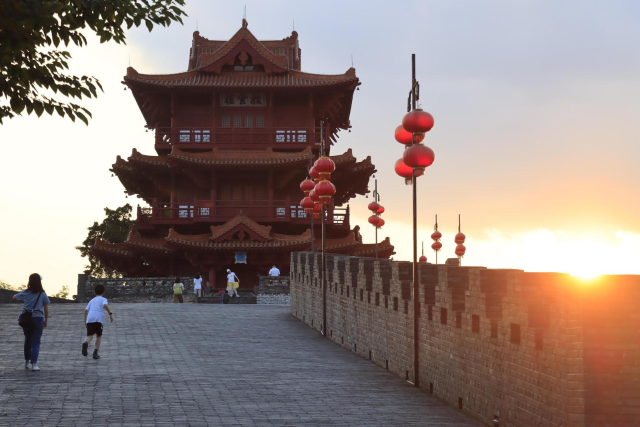On September 29th, the Department of Culture and Tourism of Guangdong Province announced the official release of the long-awaited "Guangdong Provincial Cultural Heritage Protection Spatial Plan (2021-2035)" (hereinafter referred to as the Plan).

As a center of Lingnan culture, the birthplace of the Maritime Silk Road, and a key site of China's modern democratic revolution and reform and opening-up policy, Guangdong boasts a rich array of cultural relics and heritage from various historical periods, characterized by distinct contemporary and regional features. Currently, there are 131 major historical and cultural heritage sites protected at the national level, 887 heritage sites under Guangdong provincial-level protection, and over 5,000 heritage sites protected at the municipal or county level.
This Plan focuses on officially recognized historical and cultural heritage units, immovable relics yet to be recognized, as well as World Heritage Sites, areas with buried relics, and underwater cultural heritage protection areas. It prioritizes planning for national key cultural heritage sites, provincial sites, and the aforementioned buried and underwater areas.
By 2025, the Plan aims to fully incorporate the delineation of World Heritage Sites, 131 historical and cultural heritage sites protected at the national level, and 887 heritage sites under provincial-level protection in Guangdong province into a comprehensive spatial planning supervision system for Guangdong.

The Plan proposes a heritage utilization framework of "four corridors, three belts, and ten multi-point areas", which aims to enhance thematic activation and regional integration, while outlining resource allocation requirements.
Focusing on the spatial characteristics of "historical transportation corridors and natural ecological corridors", the Plan includes the comprehensive development of four historical and cultural corridors: the Beijiang-Yuebei Ancient Road, the Dongjiang-Hanjiang Corridor , the Xijiang River Guangfu Corridor, and the Zhaolei Ancient Road.
Leveraging World Heritage applications, innovative protection of major sites, and the construction of the Long March National Cultural Park (Guangdong section), the Plan aims to establish three historical and cultural belts: the Maritime Silk Road heritage site (Guangdong), the Ming and Qing Dynasties' coastal defense heritage site (Guangdong), and the Long March heritage site, strengthening the integration of historical and cultural resources and tourism resources in these areas.

Furthermore, the Plan emphasizes regions and towns with high cultural resource evaluations, aiming to create ten historical and cultural areas-such as Guangzhou-Foshan-Zhaoqing, Shaoguan, Shenzhen-Dongguan-Huizhou, Jiangmen, Leizhou, Meizhou, Lianzhou-Liannan, Zhongshan-Zhuhai, Chaoshan, and Luoding-Yunan-to promote the systematic integration of thematic and cross-regional historical and cultural resources, thereby shaping regional cultural brands.
Source: Lingnan on the Cloud
















